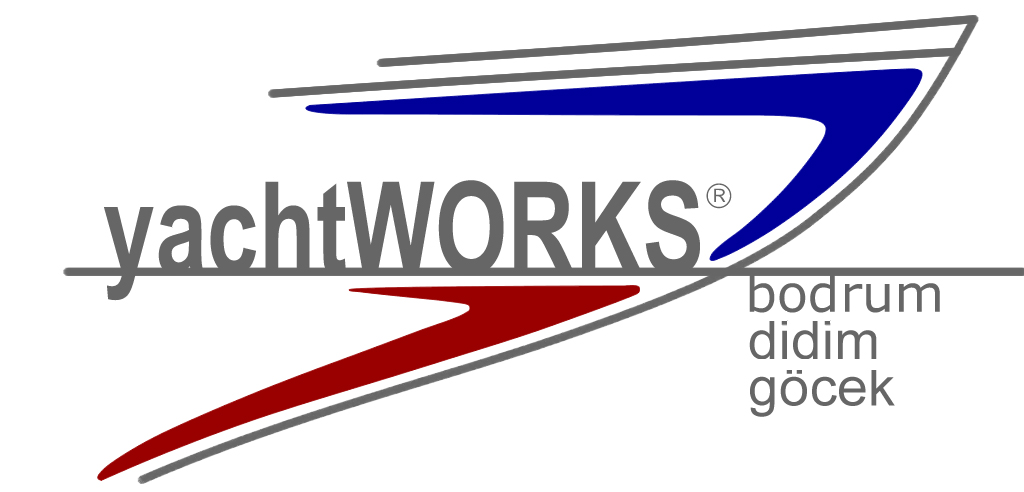Sorry, this entry is only available in English.
- Ana Sayfa
- Hakkımızda
- Üretim
- Teknik Servis
- Boya
- Kompozit
- Elektrik / Elektronik
- Teçhizat İŞLERİ
- Kulelerin Yenilenmesi
- Stepping / Unstepping Direk
- Teçhizat Tamiri
- Direk başı Raporu
- Direk Ayak Raporu
- Direk Yaka Hazırlığı
- Zincir Plakası Kontrolü ve Raporu
- Spartite Uygulaması
- Direk Elektrik İşleri
- Sarma Montajı
- Hidrolik Sistem Hizmetleri
- Kolay Takip Sistemi Üretimi
- Ekleme İşleri
- Yeni Yelken Tedariki
- Yelken Kışlama Bakımı
- Seyir Kapatma Sistemleri
- Özel Üretimler
- Kaplama
- Servis Alanı
- Metal İşleri
- Makine Mühendisliği
- Marangoz
- Hizmetler
- Projeler
- Devam Eden Projeler
- Tamamlanan Projeler
- 2024
- 2023
- 2022
- 2021
- 2020
- Hanse 575
- Beneteau 361
- Sun Odyssey 42i
- Bavaria 30
- Sun Odyseey 47
- Beneteau 57
- Halberg Rassy 352
- Najad 460
- Sunseeker Predator 74
- Sunreef Supreme 68
- Halberg Rassy 37
- Beneteau Oceanis 393
- Halberg Rassy 382
- Sun Odyssey 45
- Ferretti Navetta 33 Customline
- Hanse 470e
- Alüminyum 60 feet Özel Yelkenli
- Maxi 88
- Benetti 115
- X yacht 562
- Bavaria 46
- Dufour 500
- Koala 50
- Cardinal 46
- Sunseeker 84
- Ferretti 225
- Riva rivarama Super
- Sunreef 74
- Solaris 76
- Owni 445
- Bavaria 45
- Oceanis 42CC
- 2019
- Hallberg Rassy 37
- Lagoon 440
- Grand Banks Classic Sedan
- Hallberg Rassy 382
- Sunseeker Manhattan 60
- Rivama Super
- Couach Yachts 35
- Wooden Gulet
- Ferretti Custom Line 33
- Moody 66
- Najad 460
- Ferretti 225
- Beneteau 57
- Luffe 45
- Solare 46
- Bavaria 45
- Riva Yacht
- Custom Wooden Sailing yacht
- Custom GRP Service Boat
- Maxi 88
- X yacht 562
- Lagoon 560
- Custom S/Y
- Nimbus 370 Coupe
- Sunseeker Manhattan 70
- Bavaria 45
- 2018
- Apremare Maestro 56
- Nimbus 370
- Magnum 50
- Madera Ribs 16 Mt.
- Hudson Force 50
- 13 Mt. Custom Sailing Yacht
- Beneteau 57
- Solare 46
- Beneteau 38
- Wooden S/y
- X Yacht 562
- Koala 50
- Ferretti Custom Line 33
- Eurotrawler 17.5
- Nimbus 370 coupe
- Beneteau 57
- Sunreef 60 Catamaran
- 30 M Custom Sailing Yacht
- Sunseeker Manhattan 60
- Grand Banks 32 Sedan
- 40 M Custom Sailing Yacht
- Passoa 50
- Ferretti Custom Line 33
- Ferretti Custom Line Navetta 33
- Magnum 50
- Nordia 50
- Leopard 27
- Princess 23 M
- X Yacht 562
- Koala 50
- 13M Sailing yacht
- Hutson 50
- Fairline 57
- Finngulf 44
- Gelcoat Restore
- Composite Repair
- Wintering
- Hoek Design Refit
- Farr 50 Refit
- Tekne Yenileme
- Omurga İşleri
- GRP & Kompozit İşleri
- Elektrik
- Makine Mühendisliği
- Marangozluk ve Doğramacılık İşleri
- Boya İşleri
- Teçhizat İşleri ve Tekne Arma
- Tahrik Sistemi
- Özel Üretim
- Bilgi
- 12′ Kadem Dingi
- Deniz kültürü
- Nasıl bir tekne alayım?
- Rüzgarın İsimleri - 7 Dilde Pusula Yönergeleri
- Ege adalarının Türk isimleri
- Mustafa Paşa
- Iassos
- Gökova Körfezin de Büyük Rüzgar
- “Yayla Tepmesi” veya Mt.'nin Katabatik Rüzgarları. bay Kıran
- Piri Reis in “Bahriye (Seamanship)” “Seramik Körfezi Açıklaması "
- Osmanlı Yelkenli Gemileri (Dikkate değer bir kitap)
- Piri Reis “Bahriye” de “Seramik Körfezi Açıklandı”
- Türk Suları
- Uluburun II
- Gulet
- Skylax: Gölköy'den bir "Horoz"
- Sıcak daldırma galvaniz nedir?
- Taksan TTU 500 Torna İlerleme Mekanizması
- Cıvatalar için önerilen çevirme momentleri
- Dümen Onarımı
- Radar Direk Polyester Onarımları
- Dümen Skegi Üzerinde Kapsamlı Onarım
- Zehirli boya tatbiki ile ilgili bilgiler
- Kum Raspası
- Nasıl bir tekne alayım?
- Bilgi Bankası
- Prosedürler
- SSS Prosedürleri
- Oturma İzni Nasıl Alınır
- Türkiye Giriş Limanları
- Türkiye Transit günlüğünün kapak sayfasında yer alan “DIŞ BAYRAK ÖZEL YATLARA İLİŞKİN TALİMATLAR”.
- YachtWORKS'e yurt dışından mal gönderirken dikkat edilmesi gereken bazı detaylar
- Gümrük Genel Beyannamesi Ek Açıklamaları
- İstisna Hükümleri
- Türkiye Kıyıları, SCUBA Yasaklı Bölgeler
- Türkiye Transit günlüğü
- Makale
- Galeriler
- İletişim
- Lisan:

What is hot-dip galvanizing?
HomeWhat is hot-dip galvanizing?

 English
English Deutsch
Deutsch Русский
Русский